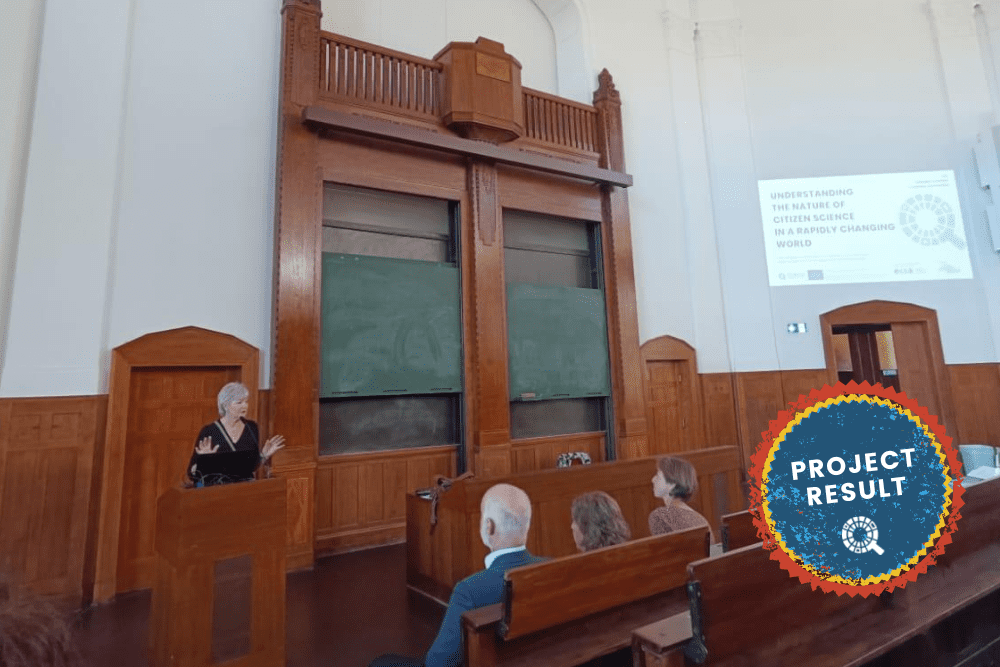Can marketing, product development and psychology teach us how to be better citizen science practitioners?
Marketing Science
A major point of failure for many CS projects, especially those that require mass participation, is a lack of participant recruitment: without the “citizens”, “citizen science” fails. Modern commercial marketing can be so effective that it can sell us products that we don’t need and, in some cases, don’t really want. Were CS practitioners able to tap into the expertise available in marketing there could be considerable benefits in terms of initial recruitment of participants to citizen science projects. By adopting some of the positive parts of marketing (reaching an audience, developing clear messaging), potential CS participants could be reached more effectively with better communication between scientists and participants. What is more, with many companies relying on repeat business, it might also be possible to gain insights into participant retention in CS projects by considering the methods employed, very effectively, by commercial enterprises. Central to product marketing, and to both recruitment and retention in CS, is the need to know more about participants, their interests, expectations and motivations.
Know Your Audience
Central to modern marketing, is the notion of knowing your market (Kotler and Armstrong, 2020). This often takes a data-driven approach, building up customer databases. Such a full-on approach may not be useful or desirable for citizen scientists, but the overall message of “know your audience” is certainly one from which we can learn. All too often we have only a weak idea, if any, of who our target audience is, what their expectations are and why they might be motivated to take part in projects. We need to know more.

Quote 1.
Framing and Messaging
Without some very basic knowledge on important aspects of our target audience (and often without even a broad sense of who this audience might be), we struggle to frame and word our messages appropriately. Different people can interpret the same messages very differently depending on their background and experience, and this can create difficulties in terms of attracting people to projects. Some people may respond to a more “applied” message for example, with messaging focussed on how the data they help to collect might cause positive change being effective, while others may be more motivated by the opportunity to participate in “pure” science. Without knowledge of the target audience though, framing and messaging becomes something of a shot in the dark, that can sometimes hit, but often misses.
User Experience
Attracting people to a project and recruiting them is often a multi-stage process and again, the commercial world can give us helpful insights. User-experience (UX) is a key component of the development of any commercial app or website as well as many other products. All too often, as CS practitioners we have not considered the UX of those engaging with CS projects. From the very first opportunity potential participants have to engage with the project their experience (which will differ between different people), and their motivations will interact to dictate their likelihood of engaging, and continuing to engage. Once again, understanding the audience is key and will affect both participation and retention. What is more, if we get it wrong, we may well put someone off for taking part in any CS in the future, so it is important to get it right.

Quote 2. Quote 3.
Motivations, Place and Change
As well as marketing and the commercial world, CS practitioners can learn from those studying how people relate to their surroundings and communities. Topophilia, the love of place, is emerging as a strong motivator for people to get involved in projects that can play to this theme (Dunkley, 2017). Research has shown that people may get involved with CS projects because they have a strong sense of connection with a particular location, or because they want to enhance that sense of connection, or both. Place is a complex concept that can incorporate aspects of scale (local versus national or even global) as well as more subtle notions of space that embrace virtual and online spaces. By understanding people’s connections with spaces we can better understand how and why they might take part in CS projects.
Linked to the concept of “local space” and its value in motivating people to participate in CS is the concept of change; can participation in a project evoke change in participants, and does the ability to inform and provoke change increase participation? This is a complex area, but research suggests that some projects (for example a citizen science beach cleaning project (Wyles et al., 2017)) can increase engagement with a topic, enhance well-being and change behaviour. Understanding more about these relationships, and how they might link to people’s sense of place and their motivations and expectations, can only serve to improve the experience for participants. But in so doing, it will also enhance recruitment, engagement and retention. These factors are vital to converting a good CS idea into a working, useful project.
Conclusion
Scientists leading CS projects have usually got the “science” well covered. But without the “citizens”, the science will not work. Many CS projects are top-down, scientist-led projects that absolutely rely on citizen participation and engagement. Bottom-up, partnership-led projects are becoming more common but even these rely on participation and retention. Knowing more about who, how and why people take part in CS brings all round benefits, but may mean scientists have to focus much more on the citizen side of CS than they may have done before. And it may mean gaining insights from those working in some very different, but fascinating, fields.

Quote 4.
REFERENCES
Report first published: https://theoryandpractice.citizenscienceassociation.org/articles/10.5334/cstp.436/
Dunkley, RA. 2017. The Role of Citizen Science in Environmental Education: A Critical Exploration of the Environmental Citizen Science Experience. In Analyzing the Role of Citizen Science in Modern Research, 213–230. IGI Global. DOI: https://doi.org/10.4018/978-1-5225-0962-2.ch010
Kotler, P and Armstrong, G. 2020. Principles of marketing (Eighteenth edition, Global). Pearson Education.
Wyles, KJ, Pahl, S, Holland, M and Thompson, RC. 2017. Can beach cleans do more than clean up litter? Comparing beach cleans to other coastal activities. Environment and Behavior, 49: 509–535. DOI: https://doi.org/10.1177/0013916516649412















